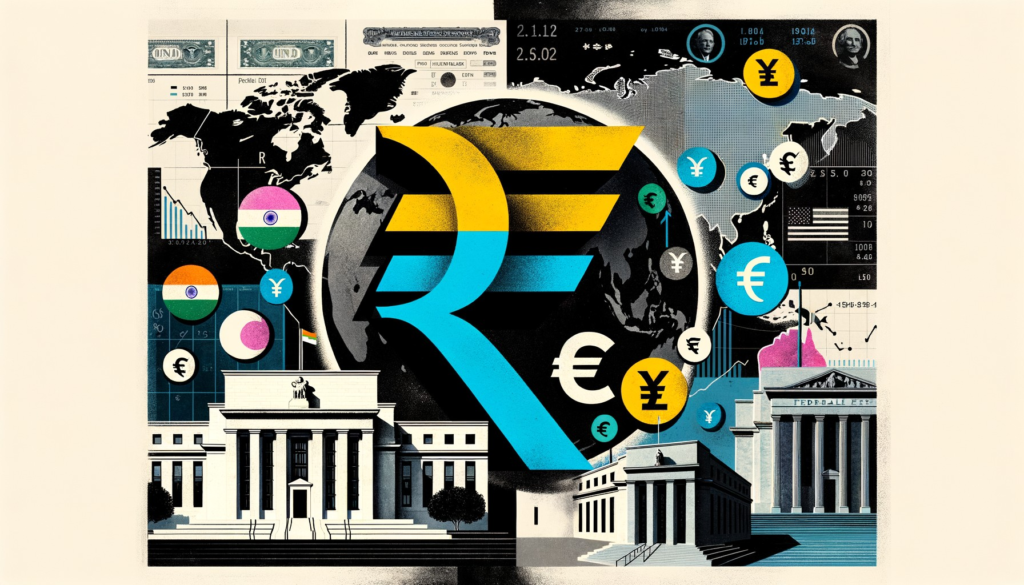What’s going on here?
The Indian rupee held firm at 83.4775 against the US dollar on Tuesday, barely shifting from its prior close, despite other Asian currencies dipping before a key US Federal Reserve testimony.
What does this mean?
In a day where most Asian currencies edged lower, the Indian rupee remained steady thanks to mild dollar sales by state-run banks. This happened even as market players braced for Federal Reserve Chair Jerome Powell’s two-day testimony before Congress. With the dollar index holding at 105 after a slight rise, speculation is rife about a potential September rate cut by the Fed, which has over 75% odds according to CME’s FedWatch tool. Analysts like those at DBS Bank believe that if Powell hints at a rate cut, the dollar might dip below the critical 104.75 support level. Meanwhile, inflows of $2.1 billion into Indian debt and equities this month have further bolstered the rupee. Despite these factors, traders do not foresee significant short-term movement for the rupee, anticipating it will stay within the 83.40-83.60 INR/USD band.
Why should I care?
For markets: Navigating the waters of uncertainty.
The steady Indian rupee contrasts sharply with the dips seen in other Asian currencies, offering a unique investment outlook. The support from state-run banks and significant inflows into Indian markets have provided a buffer. However, Powell’s comments and upcoming US consumer inflation data due on Thursday could still sway market sentiments. Investors should keep an eye on the dollar index’s movement, which could impact global financial markets and investment flows.
The bigger picture: Global economic shifts on the horizon.
The relative stability of the rupee amidst regional currency declines underscores the complex interplay between global monetary policies and local economic actions. The Federal Reserve’s stance on interest rates will not only influence the dollar and associated currencies, but also dictate broader economic strategies worldwide. Increased speculation around rate cuts highlights potential shifts in global economic policies that could have long-term implications for trade, investment, and economic stability.







